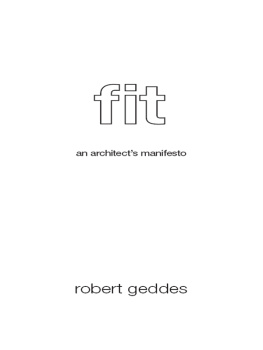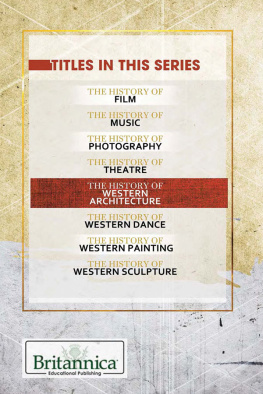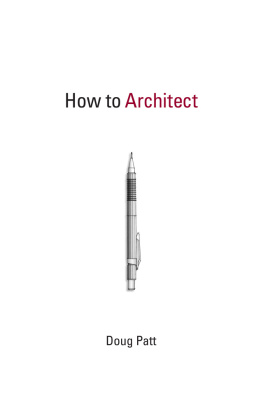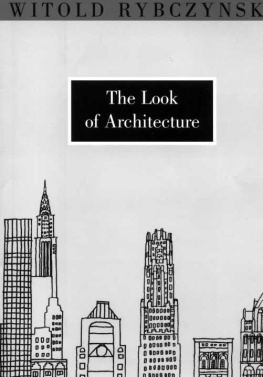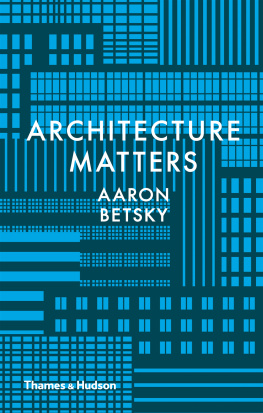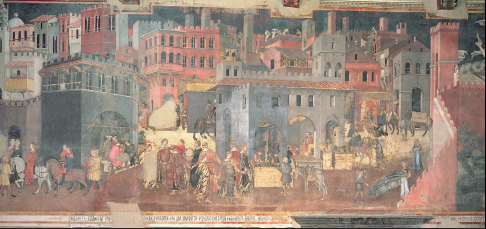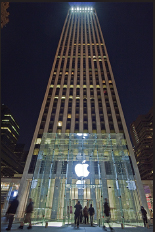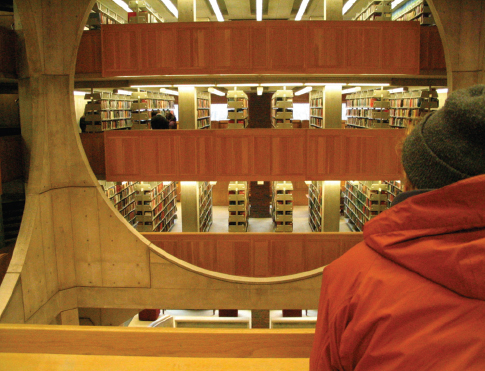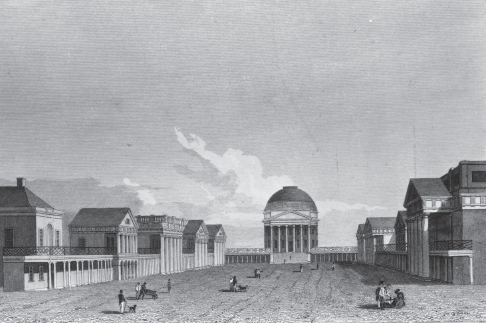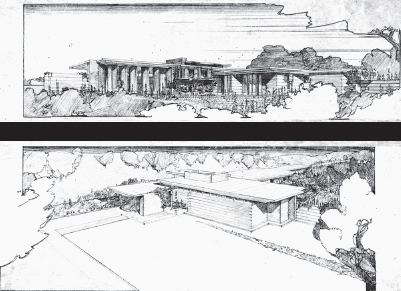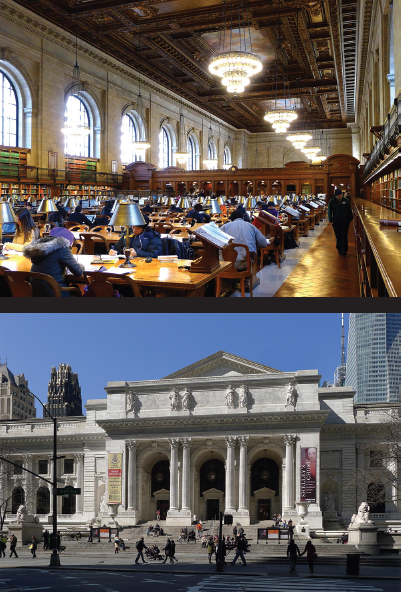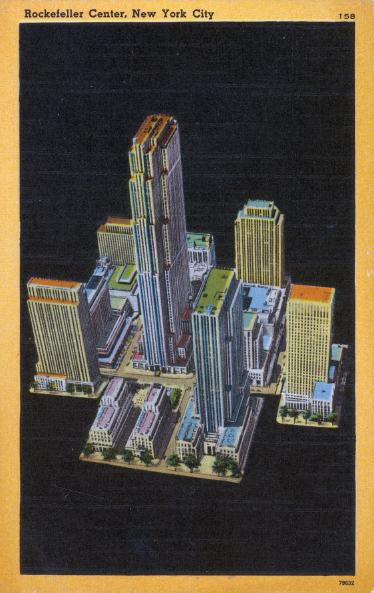Robert Geddes - Fit: An Architects Manifesto
Here you can read online Robert Geddes - Fit: An Architects Manifesto full text of the book (entire story) in english for free. Download pdf and epub, get meaning, cover and reviews about this ebook. year: 2012, publisher: Princeton University Press, genre: Romance novel. Description of the work, (preface) as well as reviews are available. Best literature library LitArk.com created for fans of good reading and offers a wide selection of genres:
Romance novel
Science fiction
Adventure
Detective
Science
History
Home and family
Prose
Art
Politics
Computer
Non-fiction
Religion
Business
Children
Humor
Choose a favorite category and find really read worthwhile books. Enjoy immersion in the world of imagination, feel the emotions of the characters or learn something new for yourself, make an fascinating discovery.
- Book:Fit: An Architects Manifesto
- Author:
- Publisher:Princeton University Press
- Genre:
- Year:2012
- Rating:3 / 5
- Favourites:Add to favourites
- Your mark:
Fit: An Architects Manifesto: summary, description and annotation
We offer to read an annotation, description, summary or preface (depends on what the author of the book "Fit: An Architects Manifesto" wrote himself). If you haven't found the necessary information about the book — write in the comments, we will try to find it.
Fit is a book about architecture and society that seeks to fundamentally change how architects and the public think about the task of design. Distinguished architect and urbanist Robert Geddes argues that buildings, landscapes, and cities should be designed to fit: fit the purpose, fit the place, fit future possibilities. Fit replaces old paradigms, such as form follows function, and less is more, by recognizing that the relationship between architecture and society is a true dialogue--dynamic, complex, and, if carried out with knowledge and skill, richly rewarding.
With a tip of the hat to John Dewey, Fit explores architecture as we experience it. Geddes starts with questions: Why do we design where we live and work? Why do we not just live in nature, or in chaos? Why does society care about architecture? Why does it really matter? Fit answers these questions through a fresh examination of the basic purposes and elements of architecture--beginning in nature, combining function and expression, and leaving a legacy of form.
Lively, charming, and gently persuasive, the book shows brilliant examples of fit: from Thomas Jeffersons University of Virginia and Louis Kahns Exeter Library to contemporary triumphs such as the Apple Store on New Yorks Fifth Avenue, Chicagos Millennium Park, and Seattles Pike Place.
Fit is a book for everyone, because we all live in constructions--buildings, landscapes, and, increasingly, cities. It provokes architects and planners, humanists and scientists, civic leaders and citizens to reconsider what is at stake in architecture--and why it delights us.
Robert Geddes: author's other books
Who wrote Fit: An Architects Manifesto? Find out the surname, the name of the author of the book and a list of all author's works by series.

